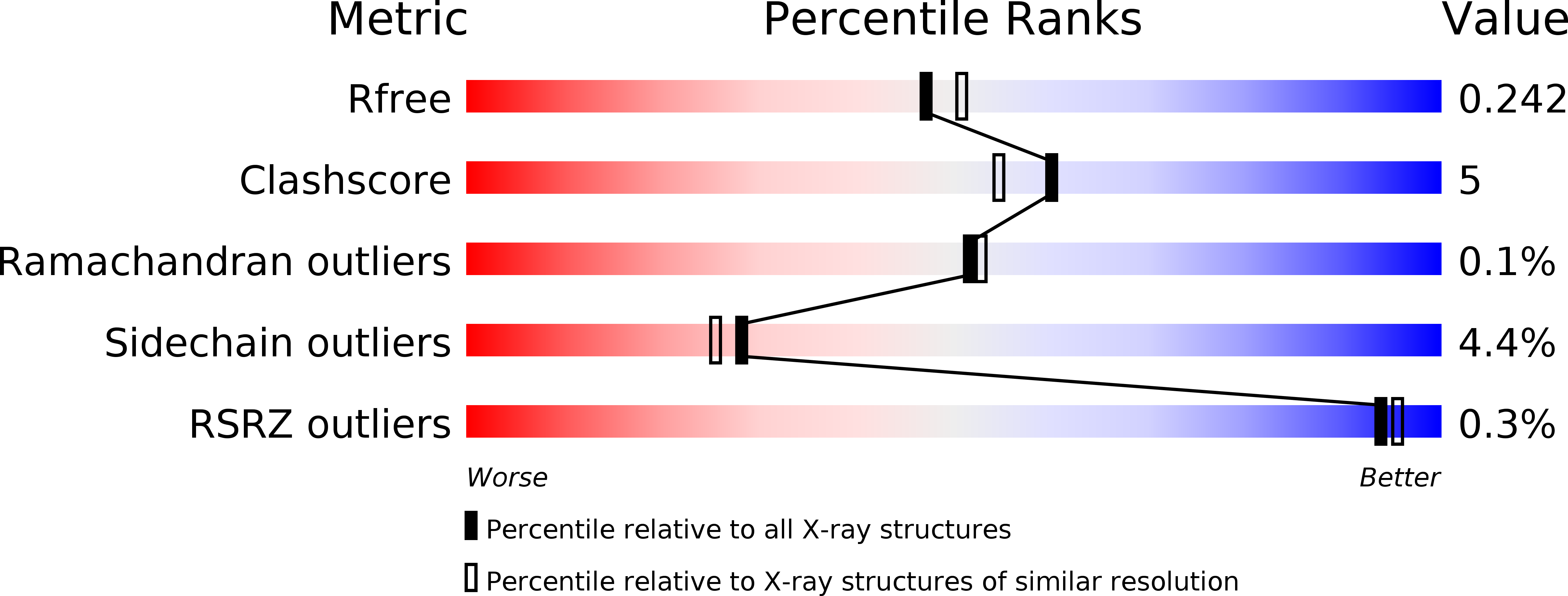
Deposition Date
2016-04-24
Release Date
2017-03-15
Last Version Date
2024-10-09
Entry Detail
PDB ID:
5JJM
Keywords:
Title:
Crystal Structure of Homodimeric Androgen Receptor Ligand-Binding Domain bound to DHT and LxxLL peptide
Biological Source:
Source Organism:
Homo sapiens (Taxon ID: 9606)
Host Organism:
Method Details:
Experimental Method:
Resolution:
2.15 Å
R-Value Free:
0.24
R-Value Work:
0.20
R-Value Observed:
0.20
Space Group:
C 1 2 1


